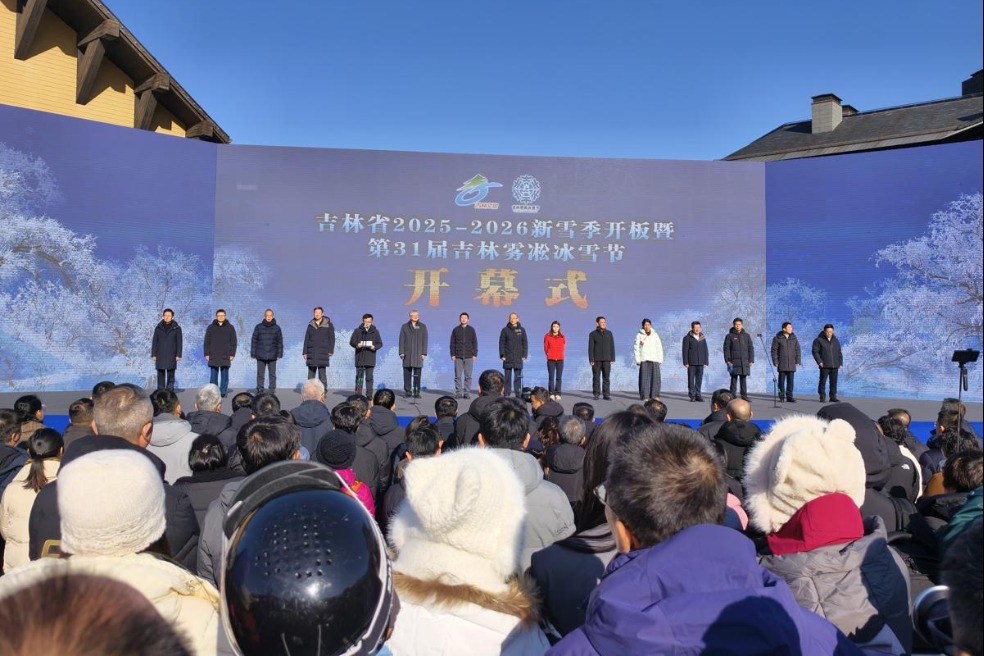China sees steady progress in diagnosis, treatment system: health official

BEIJING -- China's primary-level medical institutions, including community health centers and township and village clinics, now handle 52 percent of the country's total medical visits, a National Health Commission official said Tuesday.
During a press conference, Fu Wei, an official in charge of primary-level healthcare, said China has seen steady progress in building a tiered diagnosis and treatment system, with medical institutions at the county level and below serving more patients.
Fu said medical institutions in rural areas should be capable of handling common and frequently occurring diseases.
The tiered medical system aims to classify diseases according to their priority and difficulty of treatment as a reference for medical institutions at different levels to treat different diseases, Fu added.
This year, China will further encourage patients to seek basic medical care at primary-level medical institutions and enhance these institutions' capacity to identify complex diseases and transfer patients to higher-level hospitals, Fu said.
Through such efforts, more common and frequently occurring diseases are expected to be diagnosed and treated at medical institutions at the county level or below, she added.
- China's success in development empowers Global South: senior academic
- Study explains why Chang'e 6 moon soil is unexpectedly sticky
- Rare Sapria himalayana once again enters blooming period in Yunnan
- Shenzhou XXII to launch with full cargo load
- Students practice restoring Yuan Dynasty mural details at Shanxi University
- Ministry crackdown dismantles counterfeiting criminal industrial chains




































